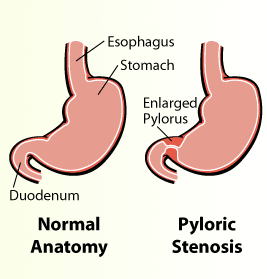Hi Everyone,
In today’s post, I will start off by covering some basic properties of sutures, as I will soon begin the experimental component of my project!
| Nurolon |
To begin, there are so many different types of sutures!!!! Last week, I finally began the process of looking through which ones were available for testing at the office. There are so many boxes of them, with different sizes and properties. To give a brief overview, there are two main distinctions between sutures: absorbable vs. nonabsorbable, braided (multifilament) vs. non-braided (monofilament). Absorbable sutures refer to those made of materials which are broken down/absorbed by the tissue after a given period of time. Thus, absorbable sutures are advantageous for use in many of the internal tissues of the body, since no foreign material would be left inside the body once the sutures dissolve and there is no need for the patient to have them removed. Non-absorbable sutures, on the other hand, are permanent. More on sutures next week, but if you want to read more about them, click here.
| Regular Silk |
Regarding my experiment on sutures, last week I conducted a few trials (see here) The data is limited, as I simply tested out the function of the machine using a few already opened sutures, and my knot-tying skills are still far from perfect. However, in the weeks to come, I hope to run several more tests, and will continue to update this document.
| V-loc |
This week in particular, I ran into a significant challenge while testing the new V-loc sutures. I found out through my trail that the V-loc sutures are not only hard to tie (the tensile machine requires that the suture be secured around the two hooks), but are also a lot shorter than the other types of sutures. Most sutures are about 45 cm long; the V-loc ones are 15 cm. This, admittedly, is part of the V-loc’s design: it is a ‘barbed’ suture, which structure eliminates the need to tie knots. In terms of testing the tensile strength, though, the V-loc’s qualities make it difficult to experiment on.
Lastly, my journey in the OR continues: this week, I observed a Nissen fundoplication, an operation I first read about on Roshan’s blog from last year! It was a really cool procedure to see in person, especially standing right next to the operating table. It was, like the pyloromyotomy from last week, a laparoscopic procedure. To briefly explain the procedure, the surgery is designed to prevent or lessen gastric reflux (vomiting). To do this, the top portion of the stomach is wrapped around the esophagus and held together with a few sutures. This configuration allows the pressure in the stomach (after eating) to create a sort of valve in the lower esophagus.
After the stomach/esophagus looks like the picture above, a G(astrostomy)-tube was inserted through the abdomen. The entire surgery took about three hours and most of it consisted of clearing out the esophagus/stomach area. There was a lot of adipose tissue in the area, and the liver and spleen had to be moved out of the way. Lastly, the surgeons had to be very careful not the cut the vagus nerve, which controls parasympathetic functions such as heart rate and digestion.
In other news, this week the hospital was visited by Arizona Kettle Corn Company, and during break, everyone brought back small, brown paper bags of kettle corn. Their arrival seemed to considerably brighten everyone’s day, including mine.
This was a really exciting week for me! Hope all of you found the procedure to be as interesting as I did. I apologize for not being able to cover the abscess mentioned from last week—it will definitely be featured in my next post.
Best,
Vanessa



